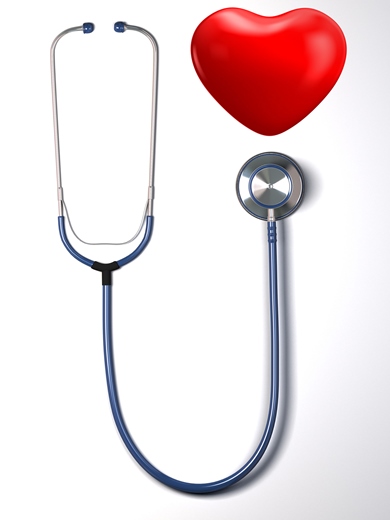February is American Heart Month
 2024 marks the American Heart Association’s 100th anniversary — a century of research in helping to save lives from heart disease.
2024 marks the American Heart Association’s 100th anniversary — a century of research in helping to save lives from heart disease.
Before the American Heart Association existed, people with heart disease were thought to be doomed to complete bed rest — or destined to imminent death. But a handful of pioneering physicians and social workers believed it didn’t have to be that way. They conducted studies to learn more about heart disease, America’s No. 1 killer. Then, on June 10, 1924, they met in Chicago to form the American Heart Association — believing that scientific research could lead the way to better treatment, prevention and ultimately a cure. The early American Heart Association enlisted help from hundreds, then thousands, of physicians and scientists. (Source: American Heart Association)
Heart Attack vs. Cardiac Arrest
People often use the terms interchangeably, but they are different. Put simply, cardiac arrest occurs when the electrical system of the heart malfunctions and stops beating unexpectedly. This is an electrical problem. A heart attack occurs when blood flow is blocked to the heart. This is a circulation problem. Early intervention and regular checkups can help to keep your heart healthy and help to avoid either of these incidents from happening.
Gender can often play a part in heart attack symptoms. According to the American Heart Association, women are more likely, then men, to have silent heart attacks. Silent heart attacks do not show obvious symptoms and can include:
- Pain in the back, neck, jaw, or throat
- Indigestion
- Heartburn
- Nausea or vomiting
- Extreme fatigue or shortness of breath
The Medical Center has an excellent Visiting Specialist program that includes cardiologists Julio Barcinas, M.D., and Jorge Cuello, M.D., of Baptist Health /Miami Cardiac and Vascular Institute; and Howard Bush, M.D., of Cleveland Clinic, Weston, Florida.
